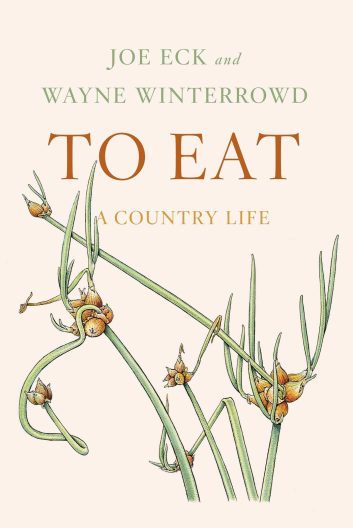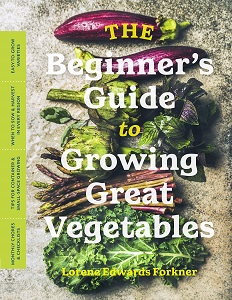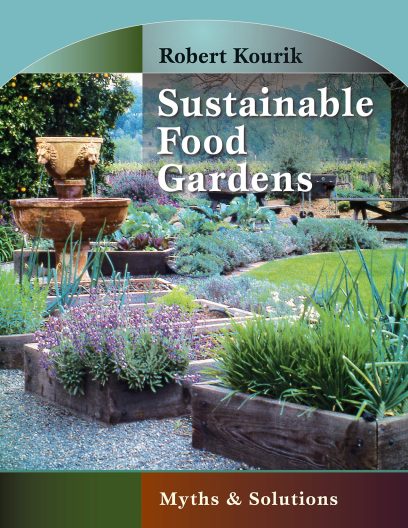 Joe Eck and Wayne Winterrowd shared over 40 years together, most of it at a home they called North Hill in Readsboro, Vermont. This is a long time for any couple, but especially noteworthy for gay men. Their garden inspired many books, written by each singly or by both. The Miller Library has eight of their titles on subjects that include annuals, tender perennials, roses, and garden design. Winterrowd’s “Annuals for Connoisseurs” (1992) is one of my personal favorites.
Joe Eck and Wayne Winterrowd shared over 40 years together, most of it at a home they called North Hill in Readsboro, Vermont. This is a long time for any couple, but especially noteworthy for gay men. Their garden inspired many books, written by each singly or by both. The Miller Library has eight of their titles on subjects that include annuals, tender perennials, roses, and garden design. Winterrowd’s “Annuals for Connoisseurs” (1992) is one of my personal favorites.
Eck and Winterrowd met in a gay nightclub in Boston during the late 1960s. Often such encounters are brief, but they spent much of the night talking together and walking the Boston Common. They never parted. Eager for a rural life, they found their Vermont home a few years later, initially making their living as school teachers before transitioning to full-time garden designers and authors.
Most of their books celebrate the many aspects of their life together at North Hill, including raising a son. Their final book, “To Eat: A Country Life” was started jointly in 2010, but after Winterrowd died suddenly that fall, Eck was left to finish it alone. The book was published in 2013. The men shared many passions, but eating had “always been central.”
Bobbi Angell, a noted botanical artist who lived near North Hill, provided the illustrations for “To Eat.” She also has an essay in the book about a lunch with the couple shortly before Winterrowd’s death. In a conversation musing about their place in rural Vermont, she concludes: “Wayne and Joe’s life–their plants, their friends, their stories–came from around the world, city and country alike.”
Excerpted from Brian Thompson’s article in the Fall 2022 issue of the Arboretum Bulletin

 Robert Kourik has eight books in the Miller Library, the earliest from 1986. In all of these, he emphasizes the importance of adopting gardening practices that work with nature. He is especially interested in the root systems of plants and ways to maintain soil integrity while conserving water and nutrients. Based in Santa Rosa, California, at the southern edge of our region, his writing is easily transferable to Pacific Northwest gardeners.
Robert Kourik has eight books in the Miller Library, the earliest from 1986. In all of these, he emphasizes the importance of adopting gardening practices that work with nature. He is especially interested in the root systems of plants and ways to maintain soil integrity while conserving water and nutrients. Based in Santa Rosa, California, at the southern edge of our region, his writing is easily transferable to Pacific Northwest gardeners. Marko Colby and Hanako Myers are organic gardeners in Quilcene, Washington, growing both vegetables to sell in markets and vegetable starts for home gardeners. From their experiences answering the questions of their seedling buyers, they have put together a small (83 pages) but very useful book titled “Vegetable by Vegetable: A Guide for Gardening Near the Salish Sea.”
Marko Colby and Hanako Myers are organic gardeners in Quilcene, Washington, growing both vegetables to sell in markets and vegetable starts for home gardeners. From their experiences answering the questions of their seedling buyers, they have put together a small (83 pages) but very useful book titled “Vegetable by Vegetable: A Guide for Gardening Near the Salish Sea.”